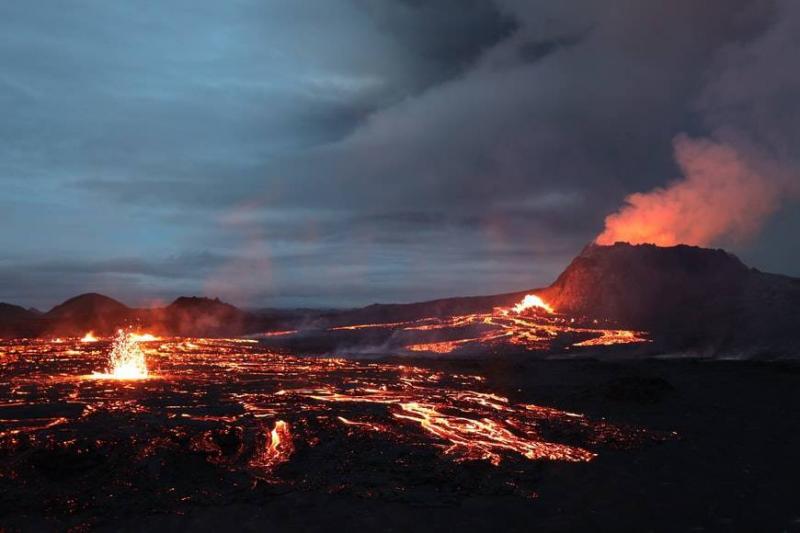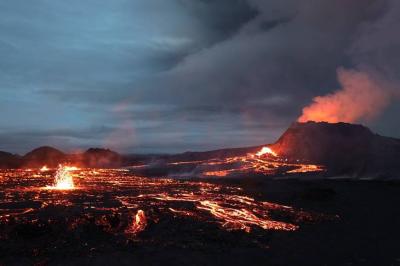Scientists are expected to reveal today, Thursday, how close they believe the Earth is to the end of the world. The Bulletin of the Atomic Scientists will host a live virtual press conference at 15:00 GMT today to announce the timing of the "Doomsday Clock" on the 75th anniversary of its inception. The "Doomsday Clock" is an annual assessment that indicates just how close humanity is to extinction.
On October 24, 1962, American nuclear chemist Harrison Brown began writing an editorial for the Bulletin of the Atomic Scientists when the Cuban Missile Crisis reached its peak. Brown stated, "I am writing on a plane en route from Los Angeles to Washington, and although I know that this editorial… may never be published, never before in history have people and nations come so close to death and destruction on such a large scale." With this alarming warning, he was referring to the "Doomsday Clock," which has been a pioneering concept of the Bulletin since it was founded 75 years ago by Albert Einstein and several scientists from the University of Chicago involved in the Manhattan Project.
Their work contributed to the creation of the atomic bomb, but many felt angered when it was used by the United States against Japanese cities. The image of the clock ticking toward midnight was intended to convey the urgent danger felt intensely by Brown during that flight to Washington in 1962. Rachel Bronson, the current president of the Bulletin, said, "It was thought that the world could end while he was on that flight."
According to "Russia Today" and "The Guardian," today marks the fifth anniversary of the announcement of the "Doomsday Clock," and we will learn how the Bulletin's committee of scientists and experts will move the minute hands. For the past two years, the clock has been stuck at 100 seconds to midnight. 1953 recorded the worst timing, with the clock reaching 23:57 for the first time, as that year was particularly dangerous due to the Cold War. The furthest the clock moved from midnight was 17 minutes to midnight at the end of the Cold War. Since then, the timing has been moving closer to extinction, partly due to increasing geopolitical volatility, the spread of nuclear weapons, and the new existential threat of climate change, which officially became a factor in calculations in 2007.




